Export of tangerines
According to FAO statistics in 2012, 131 million tons of various types of vegetables were produced in the world from 8.8 million hectares of orchards with an average yield of 14,943 kg per hectare. The global production of citrus fruits by different cultivars indicates that oranges and tangerines are at the top with a share equal to 73% of the total production of this product in the world.
The average per capita consumption of oranges and tangerines in the world is 12 kg. China alone accounts for 24% of the world’s citrus production and 5.27% of the cultivated area. The highest yield of this product with the amount of 34118 kg per hectare belongs to Turkey and the lowest one with the amount of 4875 kg per hectare belongs to the country of Nigeria. The average waste in the production process (harvest and post-harvest stage) is 8%.
Citrus trade in the world is equal to 7.31 million tons, in general, about 70% of the volume and value of citrus imports and exports in the world is dedicated to oranges and tangerines. The countries of Russia, Germany, France, the Netherlands, England and Saudi Arabia, respectively, are the main importers of oranges and tangerines in the world, and the countries of Spain, South Africa, Egypt, Turkey, America, China, Morocco and Greece, respectively, are the main exporters of oranges and tangerines. are in the world
History of citrus fruits
The origin of citrus fruits is known with a history full of controversy and interesting legends. Some researchers believe that citrus fruits are native to subtropical and tropical regions of Asia, and their origin is in certain parts of Southeast Asia, including China, India, and the Mali archipelago. According to old manuscripts found among ancient Chinese documents.
The first texts that mention citrus fruits are related to the Ta Yu era around 2200 years ago, that is, when citrus fruits, especially tangerines and POMELO or Chinese grapefruits, were very valuable and were used only in the imperial court.
It is known that lemons originated in India and oranges and tangerines are native to China. Some species of citrus fruits were transferred to the western regions of Asia such as Oman, Iran and Palestine before Christ. It is reported that Alexander the Great saw a type of citrus fruit called Balang in Iran in 330 BC.
Classification of commercial tangerine cultivars and its cultivation centers in Iran
A) Tangerines of the north
Anshu tangerine, Jaffa tangerine (Clementine), Northern local tangerine, Page tangerine, Tangilla tangerine, Yonsei
b) Tangerines of the south
Kino tangerine, port tangerine (Siyaho), Clementine tangerine, Cara-Minola and Orlando Tangelo
Satsama mandarines (Unshi)
This tangerine is one of the most famous early ripening tangerines in the world, which arrived in the north of Iran in 1309 and was not much noticed until 1342 when a very severe frost occurred in citrus fruits in the north of Iran. With the occurrence of the mentioned cold and the selection of cold-resistant cultivars, Anshu tangerine with a temperature tolerance of -9 degrees Celsius was introduced as the most cold-resistant citrus cultivar in the north of Iran.
This variety is called Satsuma tangerine in European and American countries. It is native to Japan and entered the country through Turkey, and this variety constitutes 80% of the total citrus cultivation in Japan, and it is very tasty and fragrant, without seeds, it has a thin orange skin, and it is easily separated from the flesh if it is too much. It creates an empty space between the meat and the skin and reduces its storage properties.
In Iran, it can be cultivated only on the coastal strip of the Caspian Sea. Its arrival time in northern Iran is from October 15 to November 15. The best place to plant this cultivar is east of Mazandaran. The trees grow wide and form an umbrella. The trees are very productive and have no blades, and the fruit has a smooth and thin skin, juicy, relatively large, chamfered with an elongated tail.
Clementine mandarins (Jaffa) (mandarines Clemantin):
Its fruit size is average compared to Anshu, and unlike Enshu tangerines, it has seeds, which is one of the disadvantages of this variety. But in recent years, strains with fewer seeds have been obtained in Spain, including Cadox and Cohuna. This tangerine also grows in the northern region of Iran, in some southern parts of the country, such as Delfard, Jiroft and its cool slopes. can be cultivated
Tangerine is also called Clementine in Iran (Jaffa). It is a variety that is relatively resistant to cold and needs light soils. In heavy soils, its fruit is small and the skin is thick, and it needs irrigation especially in the east of Mazandaran. The ripening date of its fruit is after page tangerine and anshu.
Clementine trees produce fruits of different sizes (average diameter about 5 cm) and variable shapes (slightly flat to spherical or elongated and sometimes pyramidal). The thickness of the skin is medium, relatively hard and attached to the meat, but it can be peeled off easily and it will not become puffy even after puberty. The color of the flesh is dark orange, crispy, fleshy and juicy, sweet and aromatic. In terms of maturity time, it is considered a precocious figure. Clementine trees have a high yield and very good quality in addition to their crown compactness and shortness.
Puncan Tangerine (Puncan)
Ponken is one of the famous varieties of mandarins with seeds and its origin is India. Its seed was brought to Iran for the first time in 1347 from the state of Florida, by Mr. Yunus Ebrahimi, a citrus researcher, and after his research work, it was introduced as a suitable variety, and for this reason, it is known as Yunsi.
The trees of this variety are strong, climbing and perennial. There is a risk of branches breaking due to wind and heavy snow. The fruits are produced at the end of the branches and it is one of the types of fleshy tangerines with seeds and early ripening. Its fruit is bigger than other tangerine cultivars and its marketability is very good.
in terms of
The ripening time is considered to be among the group of early tangerine cultivars, and it arrives after Anshu and Clementine tangerines in the north of Iran. The shape of the fruit is rounded, with a small navel, thick and smooth skin. The color of the meat is orange and it has a rather hearty and aromatic taste. This variety is less resistant to cold than most tangerines.
Tangerine Page
Its fruit is wide and round, red-orange in color, well-shaped, with large and crispy wings. Compared to Anshu, its skin is thick but smooth, the number of seeds is large, and the pods are yellow. The only defect that this tangerine shows in the north is the bursting of the fruit, which the studies conducted show that it is related to the lack of water in summer and rare elements. It shows that if this problem is solved, it is one of the good and high-yielding cultivars in the north of Iran.
It is an early variety, more marketable and high-yielding, but in terms of storage properties and sensitivity, the branches are relatively weak to cold. This variety is obtained from the crossing of Clementine tangerine with Minvolatangelo. The size of the fruit is medium and has a chamfered to semi-spherical shape. There are about 10 blades in each fruit. The flesh of the fruit is dark red in color, crispy texture, juicy and very aromatic and sweet. Usually, it is not easy to separate the skin from the flesh of the fruit.
Kino tangerine (Pakistani) (Kinnow mandarius):
It is the well-known Pakistani mandarin that has been imported to the country in large quantities for years. It is juicy, sweet, fleshy, has a thin skin, is orange-red in color, and has a large number of seeds. There are two varieties between King and Willow-leaf tangerines, and after the local tangerine, it is the second variety of tangerine in the central strip region. This cultivar is one of the good cultivars of Pakistan and its trees are climbing, bladeless, full of yield and medium clay. The size of the fruit is medium, slightly chamfered, the tip and the base of the fruit are wide and slightly indented. The skin is more sticky to the flesh than tangerines. The skin is rough, leathery, very smooth and shiny, sometimes there are very fine indented points in yellow-orange color on the skin of the ripe fruit. The flesh is bright yellow-orange, juicy, firm, with excellent aroma.
Orlando Tangelo
Duncan grapefruit is a cross between Dansi tangerine and it was imported to Iran in 1344-1343. Its tree is umbellate and high-yielding with spoon-shaped leaves, and for more production, it is better to plant it with local Vedansi tangerine at a ratio of 10:1. It is round but slightly flat, medium-ripe, juicy and somewhat aromatic, fleshy and has a large number of seeds and is resistant to heat. It is planted in the central region of Iran. They are large to medium in size and round in shape. They have dark orange skin. Orlando tangerine ripening time is from late December to late January.
Minneola tangelo (Minneola tangelo):
It was obtained from the crossbreeding of the same parents as Orlando and Tangelo, but its shape is more elongated than Orlando and full of fruit. Khoshrang is less when the fruit ripens and the number of seeds compared to the parent.
It is one of the most abundant and popular types of tangelo. The size of the fruit is large and their skin is smooth and orange-red, they are slightly elongated and have some seeds, and they have a button-like part at the end of the stem. The arrival time of Mineola is between the end of December and the end of January. It is one of the famous cultivars in the south of the country (Minola tangerines are very similar to Tangelo, and therefore it is difficult to identify these two products, and they are rated as Tangelo or other varieties in the pricing).
The amount of tangerine production
The highest amount of tangerine harvest in the first months of autumn is related to Anshu tangerine and the highest amount of tangerine harvest in the winter months is related to Kino tangerine, Siah (Bandari) tangerine and Clementine.
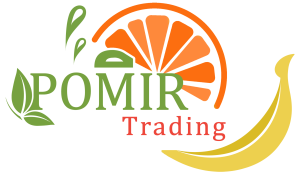
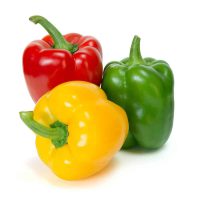

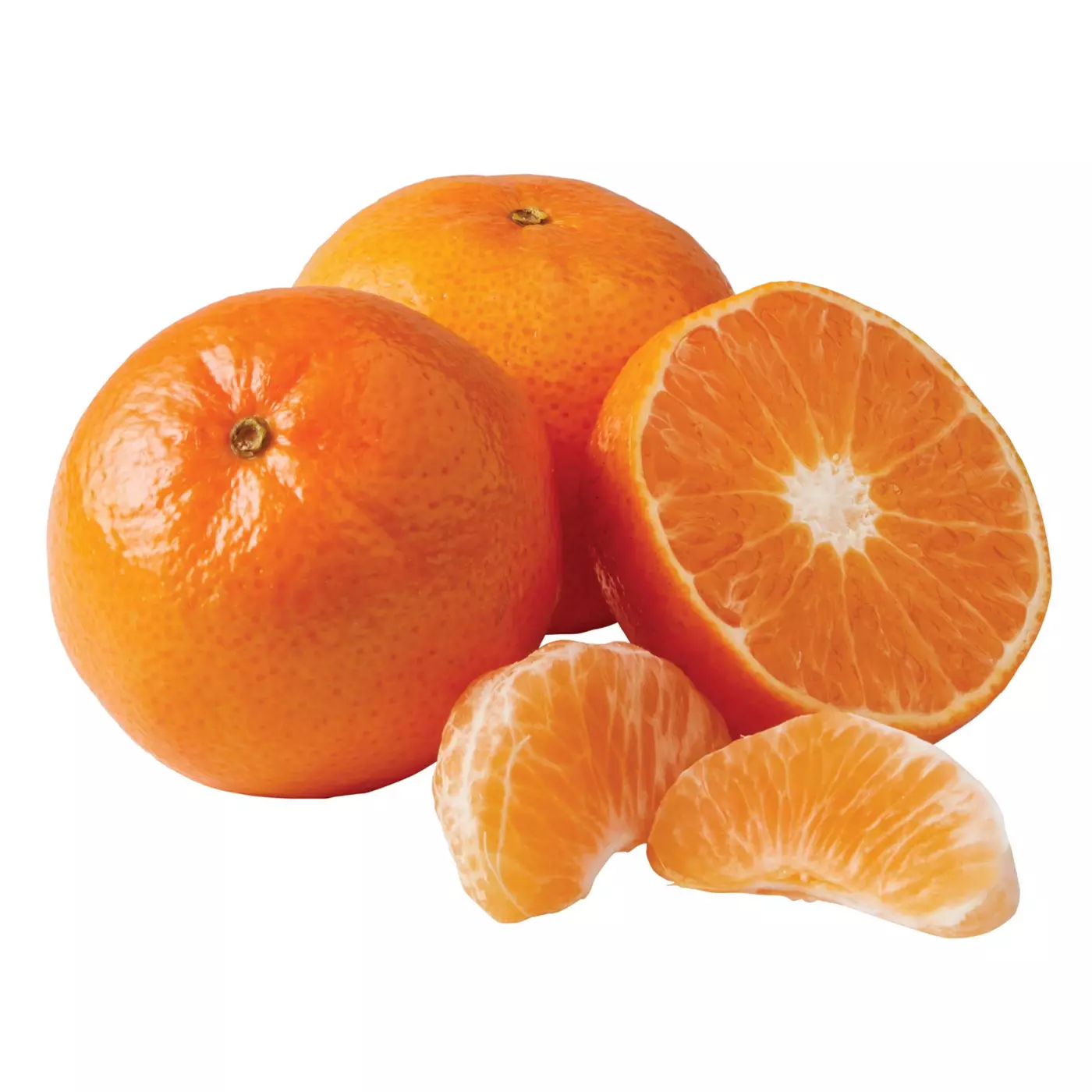
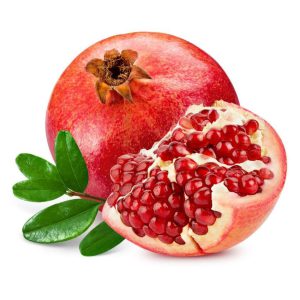
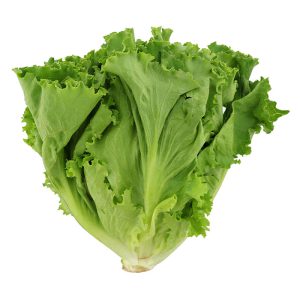




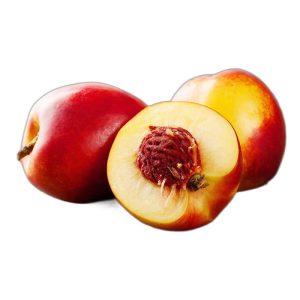
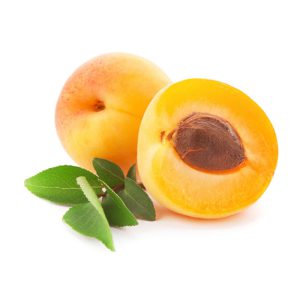
Reviews
There are no reviews yet.